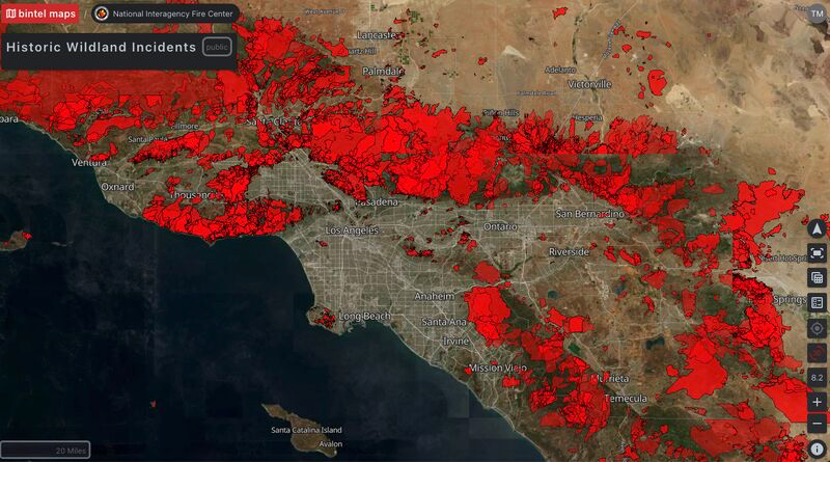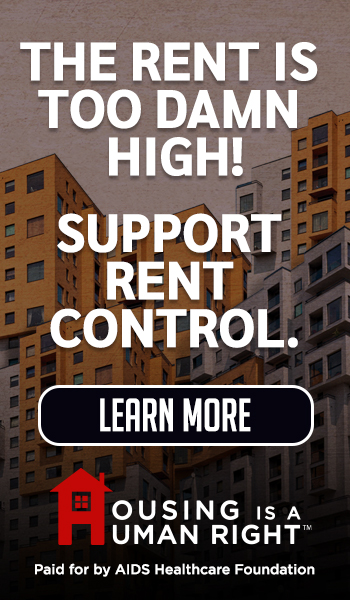Comments
PLANNING WATCH - How should the Los Angeles region rebuild after the worst natural disaster in US history? We are not only talking about destroyed about homes, but also commercial buildings, public facilities, and infrastructure. Of course to rebuild, cities must first carefully remove the highly toxic debris from these devastated areas. This is not a simple process, and if done correctly to protect long-term public and personal health, months would be added to the recovery process.
Furthermore, new tariffs from the White House will also drive up rebuilding costs, and, as a result, some people will reluctantly sell the remnants of their homes and underlying parcels to real estate speculators. Their unstated motto of never let a disaster go to waste also means the property owners will receive low-ball offers. While California Governor Gavin Newsom issued Executive Order N-17-25 barring this form of disaster capitalism, the ingenuity of real estate companies will likely surpass the State’s ability to enforce the Governor’s directive.
In an ideal world, the question would not be the quickest way to rebuild, but whether houses located in dangerous fire zones should be rebuilt at all. True, real estate lobbyists will continue to make sure that cities like Los Angeles, Santa Monica, Beverly Hills, Alta Dena, and Malibu allow replacement housing in extremely dangerous fire zones. Furthermore, where destructive wildfires are a regular phenomenon, lobbying efforts mostly leave fire resistant architectural features, like slate roofs, up to the discretion of homeowners and profit-driven contractors.
To turn the clock back and ensure than burned out homes in dangerous areas are not rebuilt, likely through the use of eminent domain, is beyond the financial capacity of local cities. That means that the Federal government would need to compensate property owners for their parcels and destroyed homes. Some will argue that the cost of these public buy-outs makes them prohibitive, but this approach overlooks several facts. First, cities previously used eminent domain for urban renewal projects. Second, the Pentagon’s annual military budget is nearly one trillion dollars. If non-Pentagon military costs are added in, such as nuclear weapons, VA hospitals, and payments for previous wars, the total military budget for the US is at least $1.5 trillion in current dollars.
Defense analyst William Hartung examined shifting some of the massive US military budget to domestic priorities, which could include the use of eminent domain to acquire private properties in dangerous fire zones.
Where does that leave the recovery policy being pursued by state and local governments: the rolling back of environmental, zoning, and building code laws to jumpstart rebuilding? Elected officials euphemistically call this approach “cutting red tape.” What they don’t say is that it linked to a public-private partnership proposed by former LA Mayoral candidate, shopping center magnate Rick Caruso. This partnership ensures that the real estate sector retains control over rebuilding wealthy neighborhoods destroyed by the Palisades wildfire.
As for the middle class Altadena areas devastated by the Eaton fire, other vultures are already swooping in with offers to buy distressed properties, despite the Governor’s edict. In cases where they acquire the properties, their primary agenda is to replace single-family homes with apartments. Senate Bill 9 already allows them to split lots in two, build a duplex on each half, and to then add Accessory Dwelling Units (ADU’s).

Historical map of Southern California wildfires, from Santa Barbara to San Diego County.
Whether destroyed homes are replaced or rebuilt as apartments, the above map of Southern California reveals that it is only a question of time until future wildfires destroy the new buildings. Albert Einstein’s definition of insanity perfectly describes this situation: “Doing the same thing over and over again and expecting different results.”
(Dick Platkin ([email protected]) is a retired LA city planner, who reports on local planning issues. He is a board member of United Neighborhoods for Los Angeles (UN4LA). Previous columns are available at the CityWatchLA archives.)
















